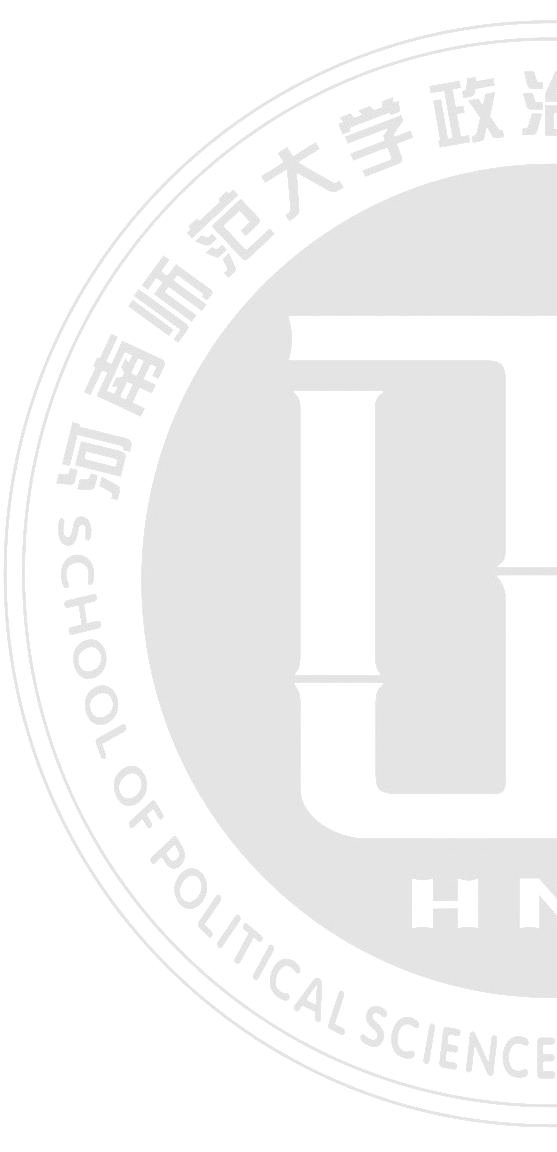Does Regional Integration Improve Carbon Emission
Performance?—A Quasi-Natural Experiment on Regional
Integration in the Yangtze River Economic Belt
Kunpeng Ai * and Ning Xu
School of Political Science and Public Administration, Henan Normal University,Xinxiang 453007, China
Abstract: Carbon emission performance (CEP) comprehensively considers the four-dimensional factors of “carbon reduction, pollution reduction, green expansion, and growth” and constitutes a key indicator for low-carbon and high-quality development. Although some studies have previously explored the relationship between regional integration and carbon emissions from different perspectives,it remains unclear how regional integration affects carbon emission performance. This article regards the regional integration construction of the Yangtze River Economic Belt as a quasi-natural experiment and uses the difference-in-difference (DID) model to empirically examine the mechanisms behind regional integration and their impact on carbon emission performance. The results show that regional integration significantly promotes improvements in carbon emission performance, primarily through three transmission mechanisms: resource factor allocation, economies of scale, and green innovation. It can also promote improvements in carbon emission performance in high-level carbon emission performance cities, middle- and downstream cities, non-natural-resource-oriented cities, and non-riverside cities. This article provides theoretical and empirical evidence that can be utilized to promote China’s high-quality, low-carbon transformation through regional integration construction in the Yangtze River Economic Belt.
Keywords: regional integration; carbon emission performance; DID model; Yangtze River Economic Belt
(政治与公共管理学院 李广宇)





